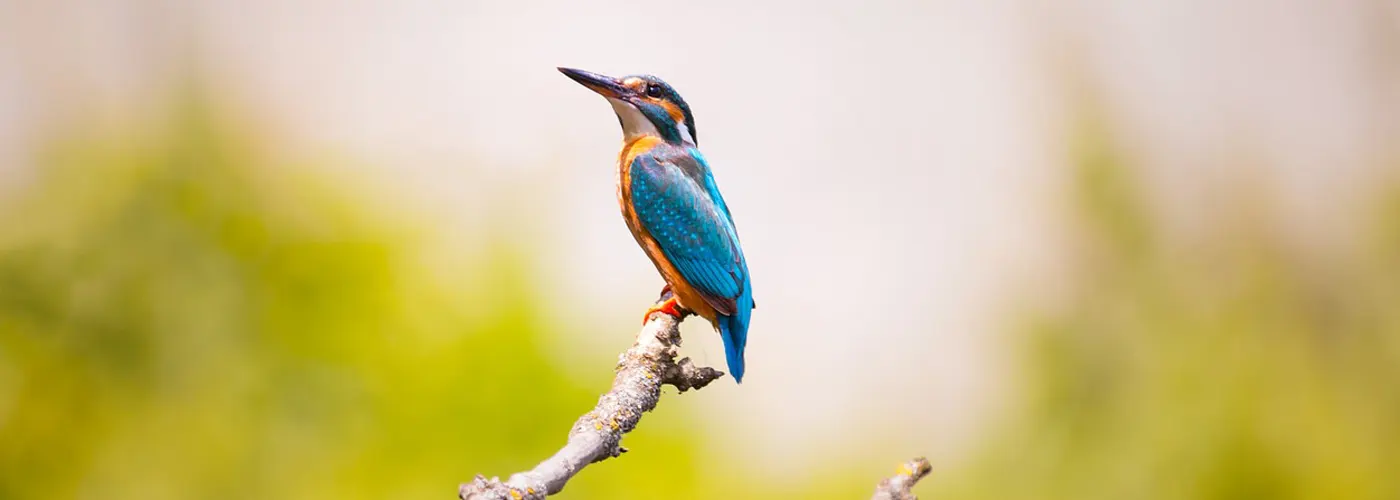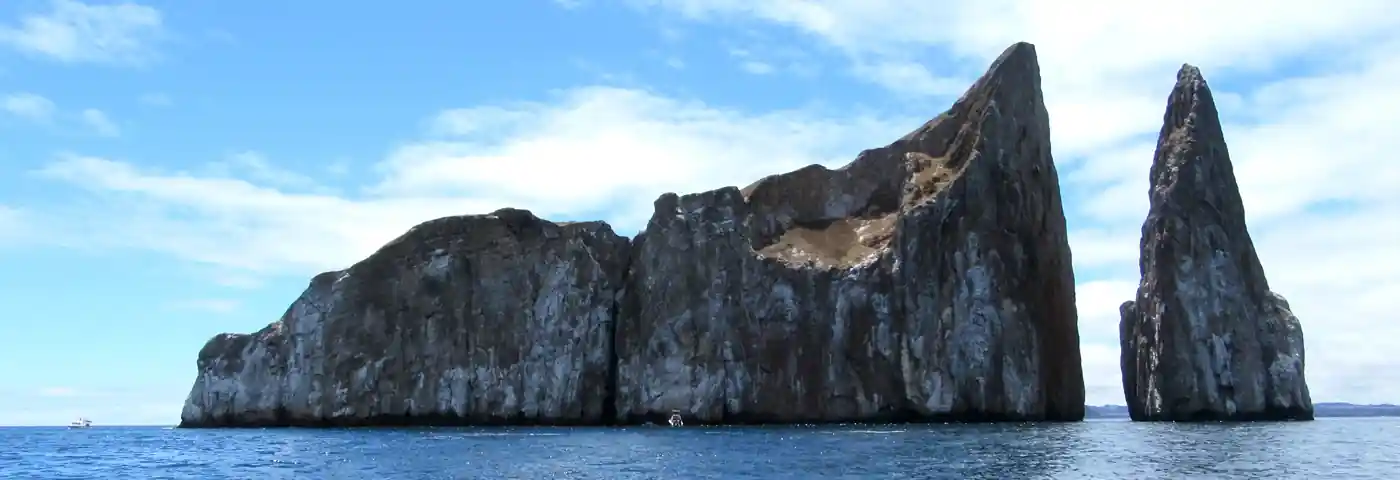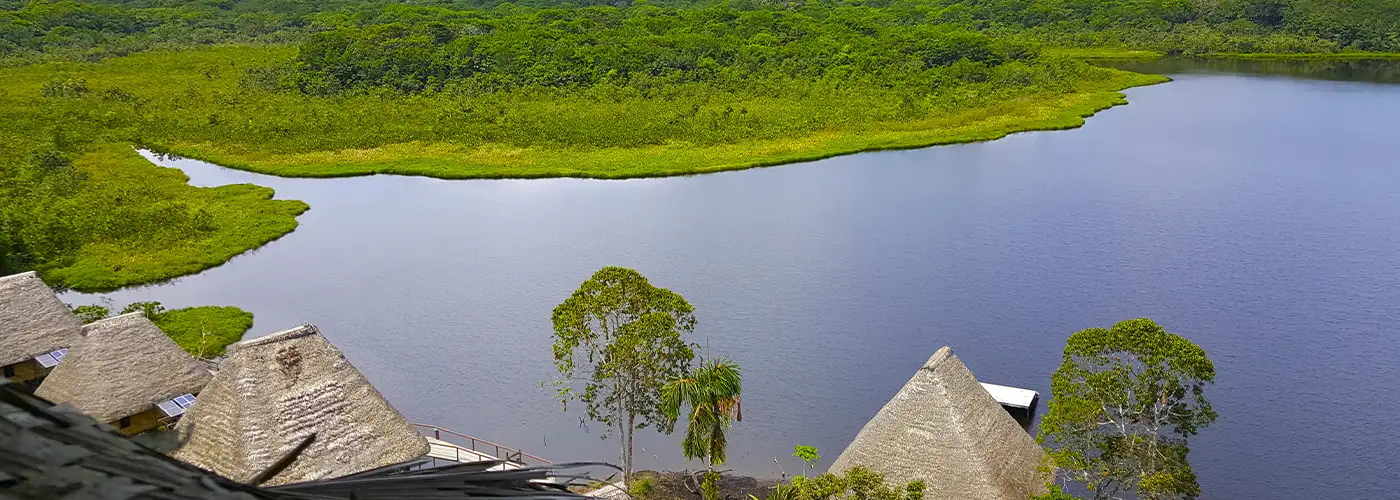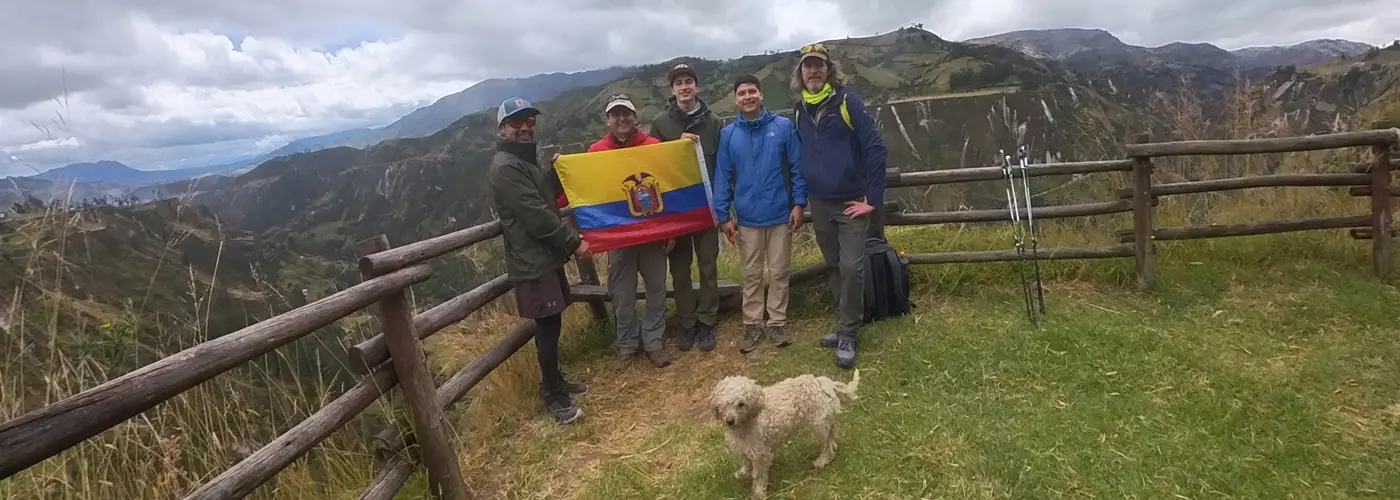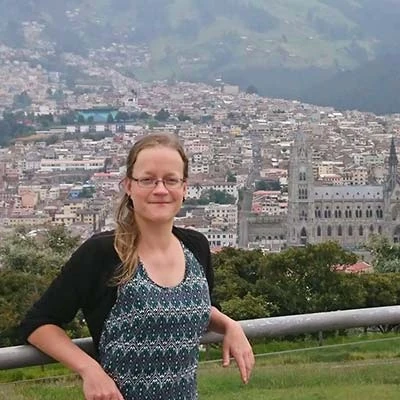
Day 1: Arrival and Forest Hikes
During my trip to Ecuador this year, I had the opportunity to take a tour in the Yasuni National Park. I would spend four days and three nights at Sani Lodge. I had already explored some areas on the outskirts of the Ecuadorian rainforest, such as the surroundings of Puyo, Tena, and Macas. However, I had never ventured as deep into the jungle as Yasuni or Cuyabeno.
The Journey into the Rainforest
I had to be at the airport early at 8 AM, where a staff member of Sani Lodge handed me my boarding pass for the flight to Coca. The flight from Quito to Coca takes only about 30 minutes, and since I had a window seat and the flight altitude was relatively low, I could admire the transition from the Andes to the rainforest region. Upon arrival in Coca, I was greeted by Raul, my guide for the following days. We took a taxi to the dock on the Rio Napo. This river is one of the larger tributaries of the Amazon.
Together with another traveler, the guide, and some lodge staff, we embarked on the approximately 2.5-hour journey in a motorized canoe. Along the way, we received a box lunch with fruits, snacks, and a drink. Wearing life jackets is mandatory, but I would have felt safe even without one. The ride was very pleasant—just a bit windy. We alternated between traveling along the left and right riverbanks and were able to observe some wildlife in addition to the lush vegetation.
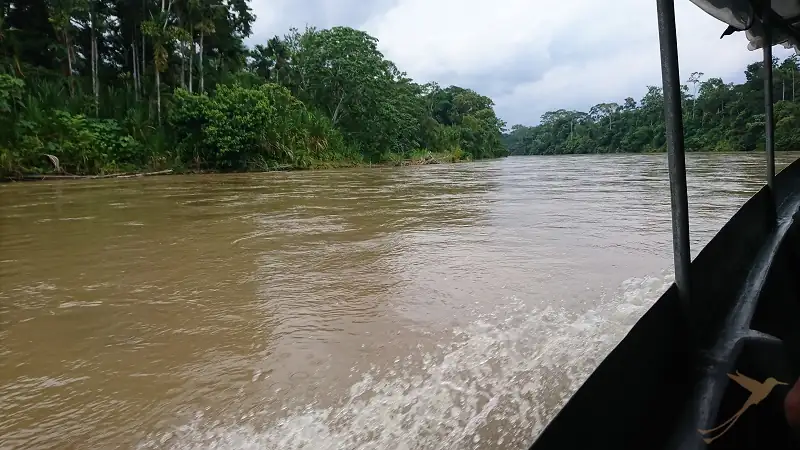
We spotted a group of turtles sitting on a log and several bird species in the treetops. Upon reaching the lodge’s area, we turned into a small creek of the Napo, navigated briefly through denser vegetation, and finally docked at the shore. We were given rubber boots and took a short walk through the primary forest.
Arrival at the Lodge
This area, as well as the lodge, belongs to the Sani community. The income generated by the lodge directly benefits the community and is invested in education and medical care, for example. After the short hike, we boarded paddle canoes and rowed through a blackwater channel to the lagoon where the lodge is located. Once again, I was amazed by the vegetation and the breathtaking scenery.
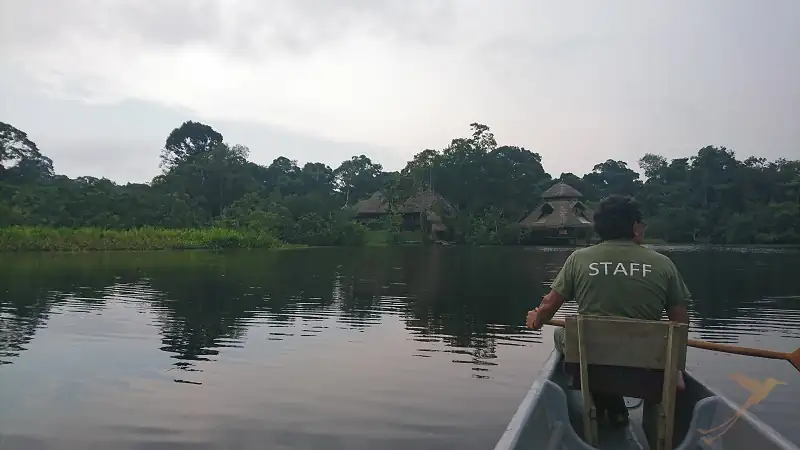
Upon arrival at the lodge, we were served a welcome drink and snacks and had time to rest.
Forest Hike, First Dinner, and Night Walk
At 4 PM, we set out for our first excursion into the forest. I was always accompanied by my personal guide Raul and an indigenous guide from the community. Both were highly professional, with years of experience in tourism and incredible knowledge of flora and fauna. I was lucky to spot three different species of monkeys leaping through the trees in search of food. The vegetation was equally impressive, with twisted trunks, vines, roots, countless shades of green, and colorful mushrooms. The insect diversity was, of course, very high, but fortunately, mosquito swarms were not too intense. However, wearing long clothing and using mosquito repellent is still highly recommended.

Before dinner, I had the chance to meet Lucy, the lodge’s resident caiman. She lives in the lagoon and swims over when lodge staff throw her food, allowing guests to observe her up close. A water turtle was also attracted this way.

The vegetarian-friendly dinner consisted of a vegetable soup as a starter, followed by eggplant with vegetables and a side salad, and a small dessert of banana with chocolate sauce.
After dinner, we went on a short night walk. We discovered various fascinating insects, including moths, grasshoppers, a tarantula hiding into its burrow, a salamander, spiders, and more. Bats flitted above our heads. After this long day filled with exciting impressions, I went to bed early, as we would be setting off again very early the next morning.
Day 2: Observation Tower and Canoe Ride
Above the Treetops
At 6:00 AM, breakfast was served, and at 6:30 AM, we paddled across the lagoon, which was still partially covered in morning mist, creating a breathtaking view. We turned into a side channel and paddled past eerily beautiful mangroves and docked deep in the forest.
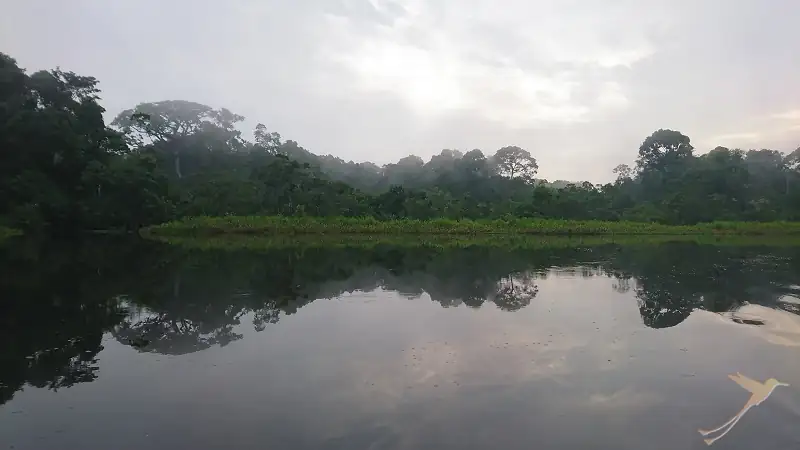
After a short walk, we arrived at the enormous kapok tree, which serves as the base for an observation platform. Numerous steps led upward, and it was fascinating to experience the different levels of the forest at eye level. I usually have a slight fear of heights, but since I couldn’t see all the way down, it wasn’t a problem.
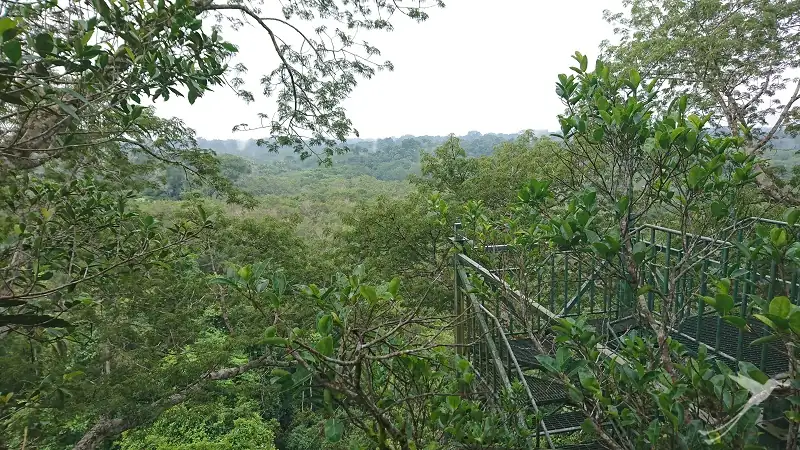
The view from the top was spectacular! Another guest and their guide were already there, and a professional telescope was set up. Thanks to the telescope and the sharp eyes of the guides, I was able to observe several bird species in great detail. I don’t have professional photography equipment, and my phone camera isn’t the best, but the telescope allowed me to take some “close-up”-shots.

We then paddled back with many stops along the way. During one of these stops, we saw a large group of green parrots (Amazona farinosa and Amazona alinaranja) feeding on plants along the riverbank to absorb essential minerals. I’m not an avid birdwatcher, but I could watch parrots and parakeets for hours.
As it was lunchtime soon, we paddled back to the lodge. Lunch consisted of fried yucca with menestra (a thick bean or lentil stew) and salad.
It had rained slightly during the midday hours, but just in time for the afternoon excursion, the rain stopped. I had the choice between another boat tour and a forest hike. I opted for the boat tour.
Wildlife Observation from the Water
We paddled smoothly along the calm waters of the creeks, frequently stopping to observe the surroundings. I think, many people have the impression that animals in the rainforest constantly jump out from the bushes, eagerly waiting for tourists. In reality, it takes a lot of patience, luck, a trained eye—and ideally, binoculars—to spot the different species. The highlight of this boat tour for me was a group of monkeys climbing in the trees relatively close above us, which we watched for a long time.
As we made our way back to the lodge, we continued scanning for more wildlife. Suddenly, and only for a few moments, we saw four large heads emerge from the water: giant otters. These animals can grow up to 1.80 meters long and are one of the four major predators in the region.
Another day filled with incredible experiences came to an end. For dinner, I skipped the main course to avoid feeling too full before bed, as we would be setting out at 6 AM the next morning.
Have you already been inspired by this first experience report, and would you like to get to know the Ecuadorian rainforest for yourself? We offer individual and group tours to Ecuador and the Galapagos, where we can include a rainforest program.

